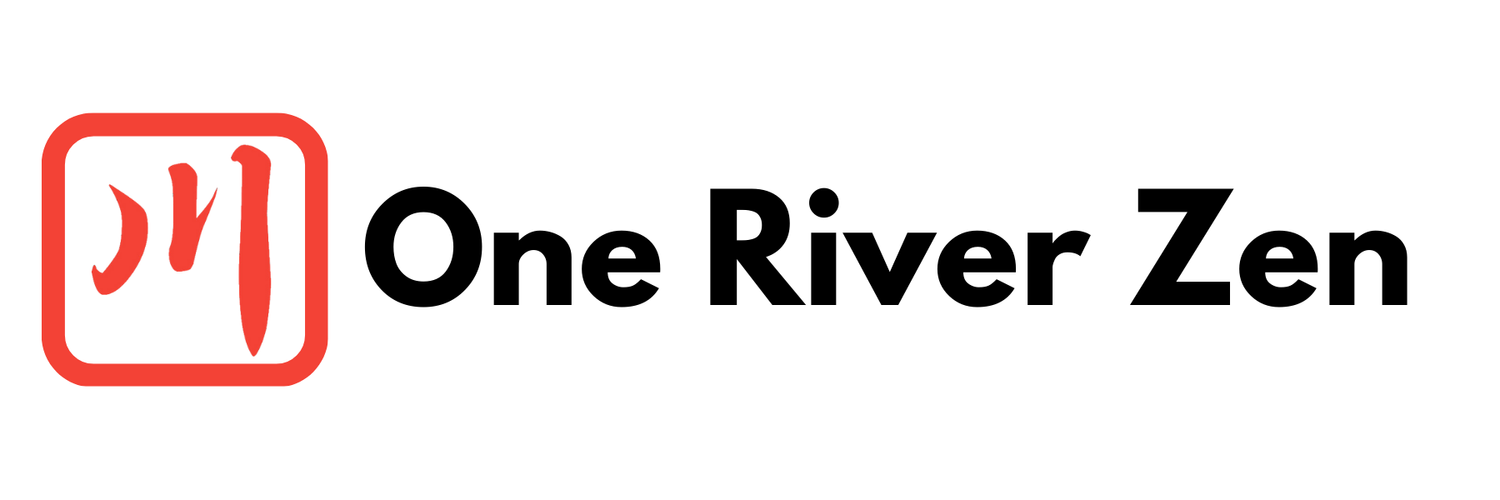Why Am I Here?
Experience these inspiring talks firsthand and deepen your practice. Join us for zazen Monday through Friday at 6:30 AM CST at One River Zen. All are welcome to sit, listen, and share in the Sangha's presence. See you there!
Our practice, when we come and sit on this cushion, is not some magical shield. It won’t protect us from the world, from getting hurt, or from being let down by others. In fact, if we’re doing this practice correctly, we come into full contact with all of those things. Sometimes it’s hard to decipher why. Why do we have to face so much pain, so much uncertainty?
In the koan collections, there’s a question that keeps coming up: “Why did Bodhidharma come from the West?” or, more directly, “Why did the Teaching come here?” If we place this question in its historical context—China—it’s asking, “Why did this Zen practice come to us? Why here, now? Why do I find myself in these circumstances, sitting for long hours on this cushion?” We often ask similar questions in our own lives. Why am I in this situation? Why this pain, this joy, this person, this life? The monk in the koan is asking the same thing, just in a different form.
When a monk once asked Joshu, “What is the meaning of Bodhidharma coming from the West?” Joshu simply replied, “The oak tree in the garden.” With this answer, Joshu pointed not to an abstract explanation but to the immediacy of the present moment. The monk wanted a reason, an intellectual understanding, but Joshu directed him to what was right in front of him. This is the heart of Zen practice: instead of trying to navigate around what’s in front of us, we are invited to dissolve the question entirely and immerse ourselves in reality as it is.
When we let go of the “why,” we open ourselves to what is. In doing so, we dissolve the tight boundaries of self—this sense of “I” who demands answers, explanations, and control. When this dissolves, something remarkable happens: we begin to know how to act, how to transform our circumstances with clarity and compassion. But let’s be honest: it won’t always be painless. In fact, it will often be deeply painful. This kind of presence requires courage. Yet, it also gives us the capacity to “cook” our lives in a way that nourishes not only the self but others as well.
When we practice this way, we take the raw, often difficult circumstances of life and transform them. We don’t need ideal conditions. Whatever ingredients life presents—joy, sorrow, struggle, ease—we can use them. The point is not to escape pain or discomfort but to allow our practice to nourish us and others, no matter what arises.
So when we ask, “Why am I here? Why am I facing this pain, this joy, this moment?” the answer is not something to be reasoned out or explained. The answer is to be found in how we respond: be moved to action by the circumstances as they present themselves. Instead of clinging to “why,” immerse yourself fully in what is. Allow life to cook you, to shape you, to transform you. Then you will know how to act—not from a place of concepts but from the heart of compassion itself. This is the way. This is the practice. It is not painless, but it is real. And it will nourish not only you, but everyone you encounter.

